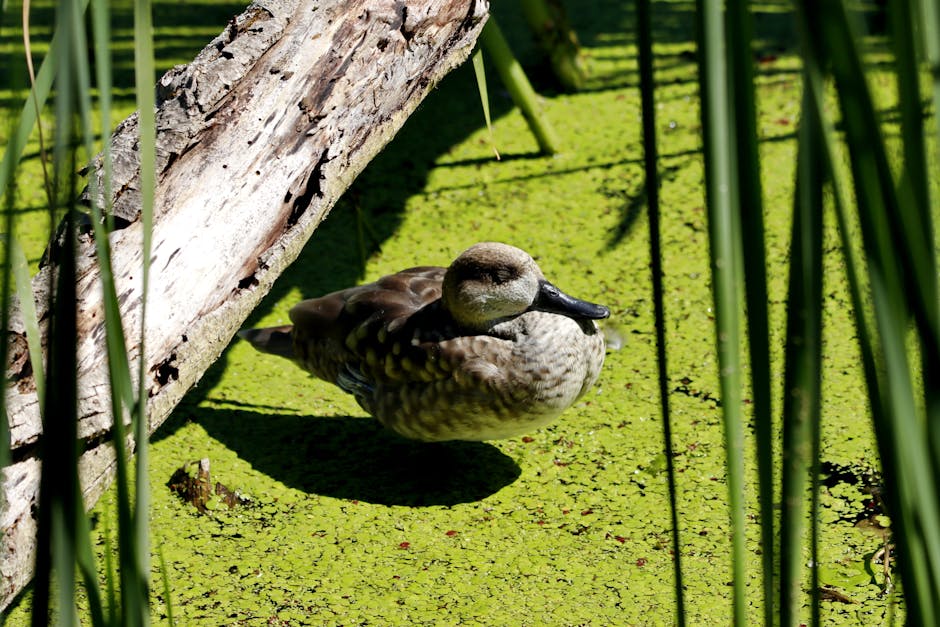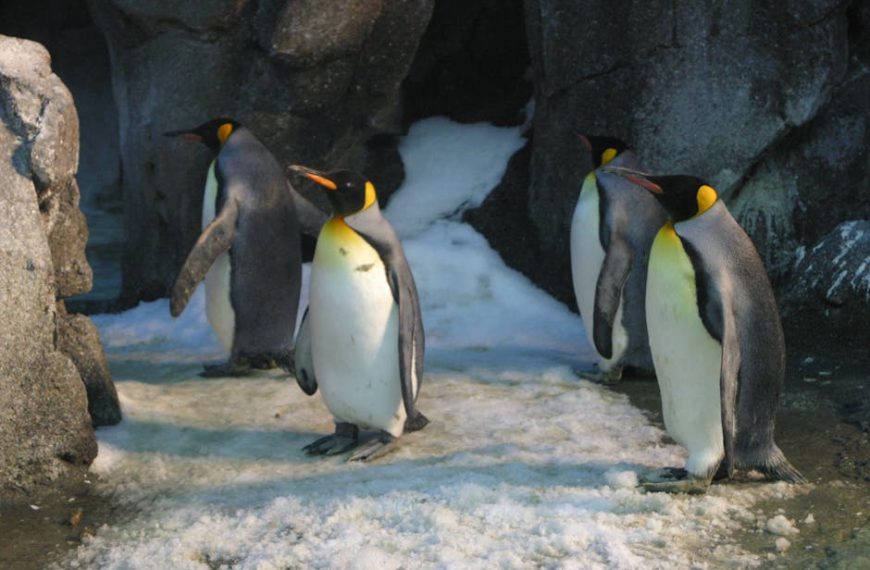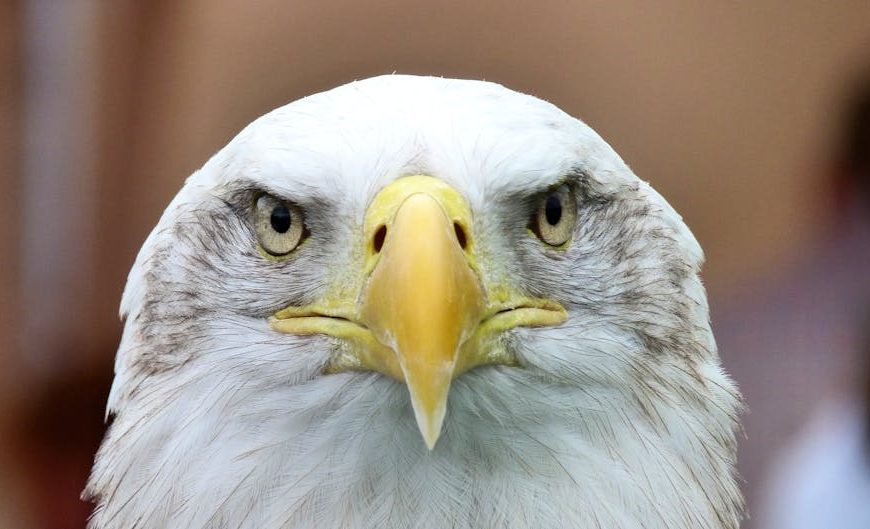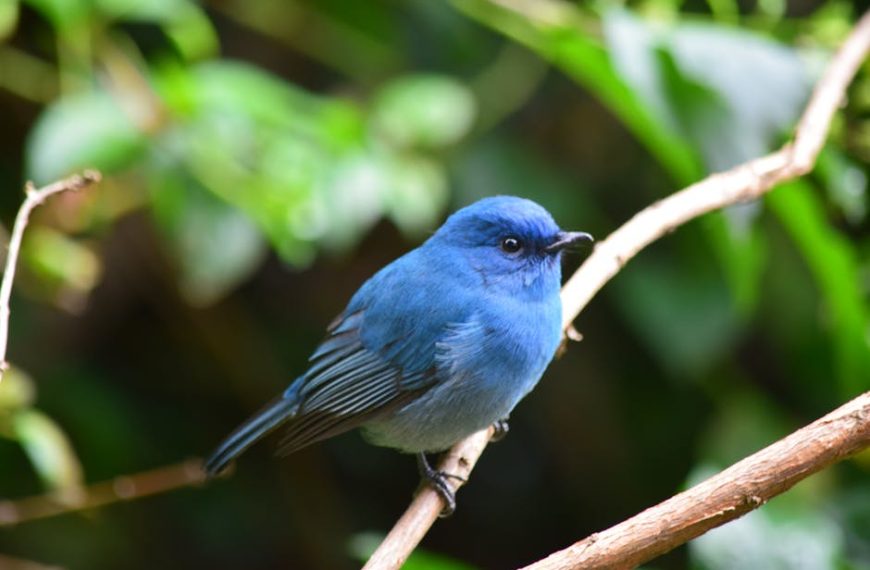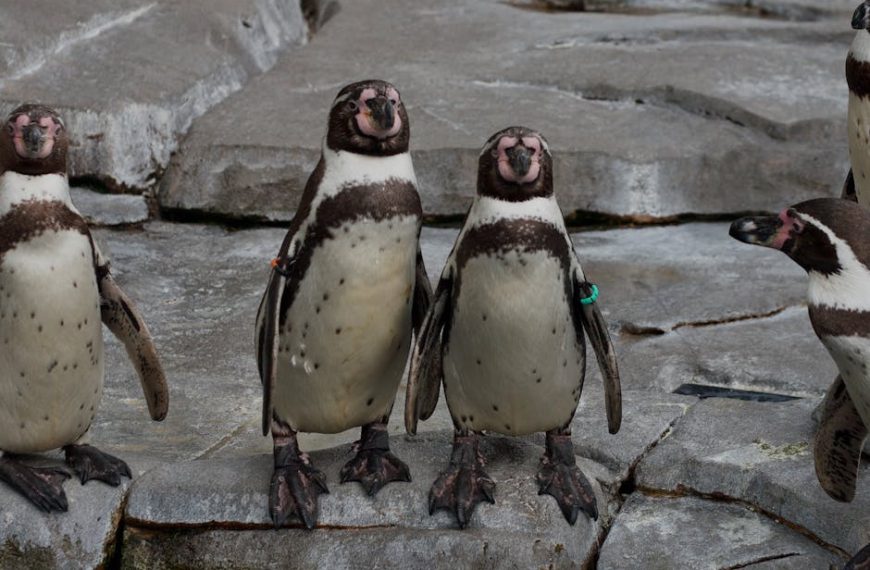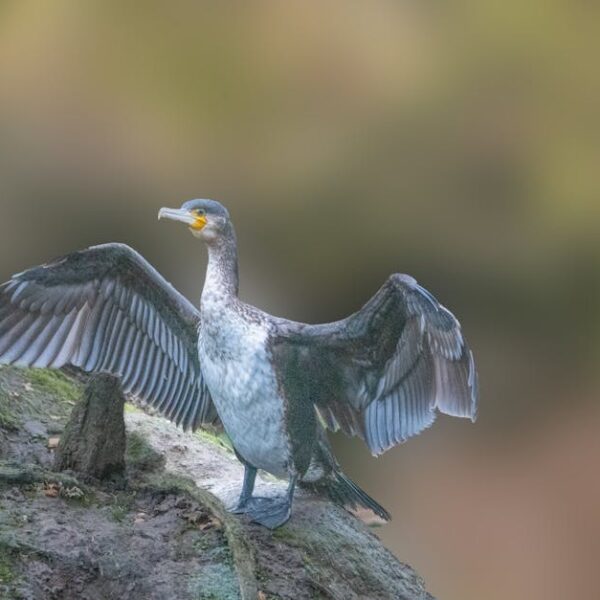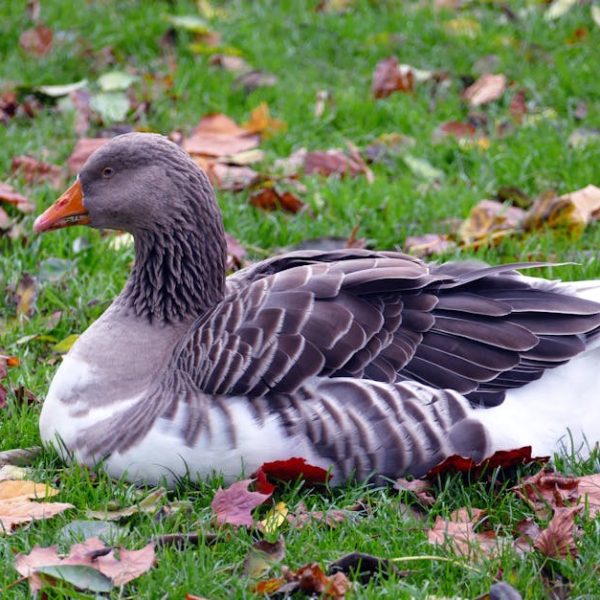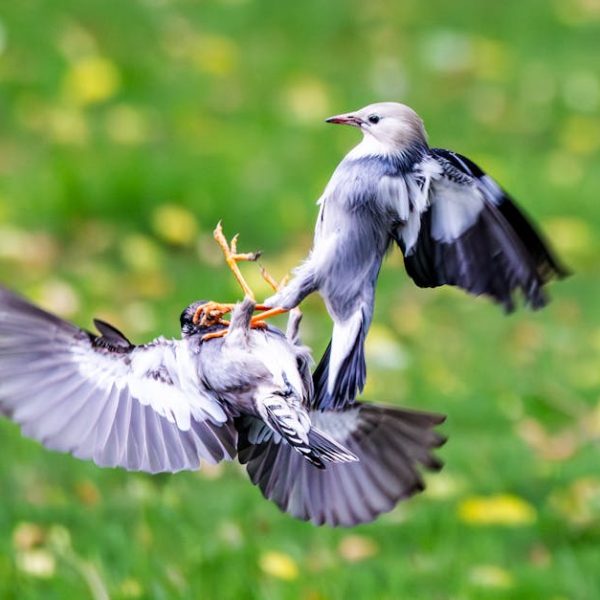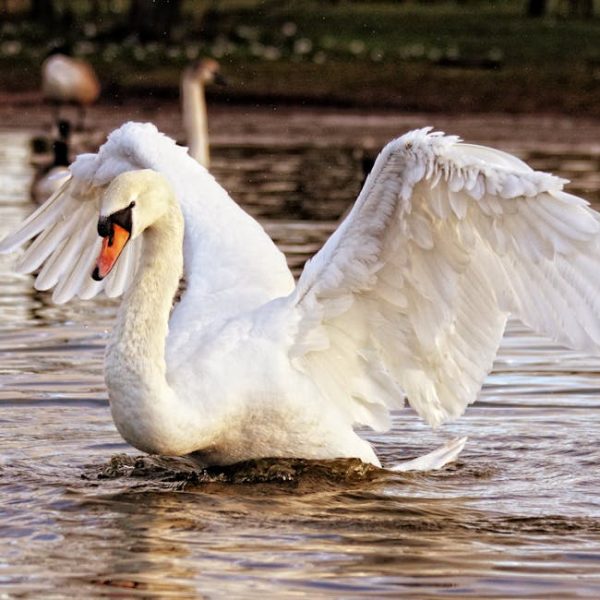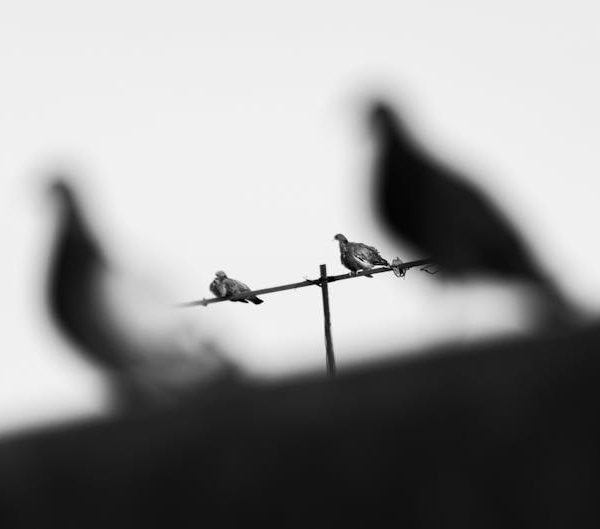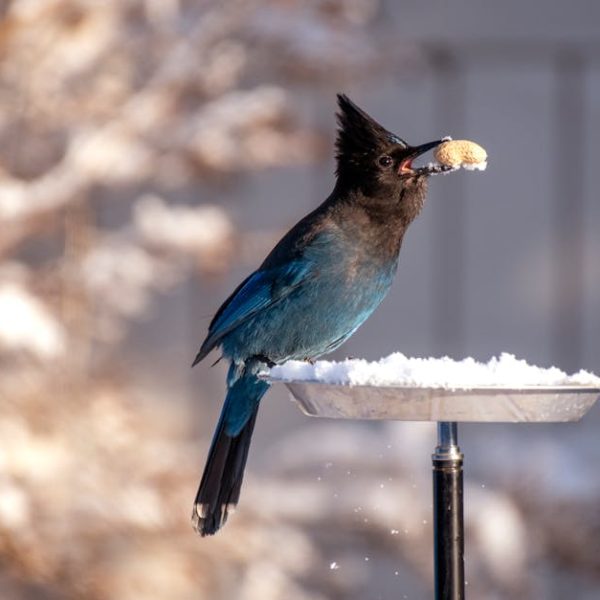Birds engage in a fascinating ballet of sleep and wakefulness that departs from human patterns in notable ways. For those enamored with our avian friends, it pays to grasp their rest cycle as it provides insights into their behaviors and lifestyle.
Rather than a consistent block of recuperative slumber akin to humans, most birds follow an intermittent sleep pattern. They toggle between periods of full alertness and short spans of rest throughout a 24-hour cycle. This intermittent rest structure correlates closely with the cycle of daylight and nighttime hours.
For instance, common yard birds like Robins and Sparrows tend to rise early and sleep as the sun goes down. Owls and Nighthawks are nocturnal and come alive when the sun descends. Whereas, species like pet Parrots operate on a schedule adjusted to the rhythm of their human households.
The Concept of Unihemispheric Slow-Wave Sleep
One of the intriguing features of avian sleep is the practice of unihemispheric slow-wave sleep (USWS). This sleep style allows one half of the bird’s brain to enter a restful state while the other half remains alert, a behavior particularly prevalent in birds exposed to potential threats in their sleeping environment.
In essence, the bird sleeps with one eye open, literally and figuratively. This enables it to take flight swiftly if danger approaches, offering an evolutionary defense mechanism to bolster survivability.
If you’re a birdwatcher, observe a resting bird closely – you might witness one eye slowly closing while the other remains wide open, a telltale sign of USWS at work.
Nocturnal Vs. Diurnal Birds
The world of birds embraces a fascinating divergence in sleep patterns between nocturnal and diurnal species. Nocturnal birds, such as owls or nightjars, have adapted their lifestyle to thrive under the cover of darkness. By contrast, the majority of bird species are diurnal, relishing the daylight hours for their activities.
Nocturnal birds feature specialized adaptations to accommodate their moonlit movements, one significant example being their enhanced night vision. The larger, more light-sensitive eyes of these creatures allow them to scour the landscape under the star-spectacled night sky.
However, it isn’t night-time all the way for these birds. They too engage in periods of sleep, albeit during the day when their prey is least active. This flip in schedule is evolutionary and enables these species to exploit niches that daytime birds would otherwise occupy.
Nocturnal Birds |
Diurnal Birds |
| Active during the nighttime | Active during the daytime |
| Rest during the daytime | Rest during the nighttime |
Stay tuned as we unravel the effects of migration on bird sleep patterns and delve into factors that might disrupt your feathered friends’ natural rest rhythms. The next segment reveals all, along with handy tips for bird-keepers to foster healthier sleep schedules in their avian companions.
Migration And Sleep
Migration, a phenomenon that accounts for some of the most remarkable journeys in the animal kingdom, presents unique challenges for bird’s sleep patterns. Many migratory birds cover immense distances in their search for warmer climates and abundant food sources. This journey often requires days or even weeks of non-stop flight.
To manage this strenuous task, birds have evolved to sleep on the fly, literally. They capture snippets of sleep, known as micro-naps. During these brief spells, lasting a mere few seconds, birds can rejuvenate their cognitive and motor faculties without sacrificing their flight momentum.
Incredibly, some bird species exhibit unihemispheric slow-wave sleep during these migratory flights – resting one hemisphere of the brain while the other remains alert to navigate and maintain flight.
Here are a few bird species known for their extraordinary migration lengths:
- Arctic tern – Travels a round trip of 44,000 miles between Greenland and Antarctica annually.
- Ruby-throated hummingbird – Flies 500 miles non-stop across the Gulf of Mexico during its migration.
- Northern pintail – Migrates up to 4,000 miles between its Arctic breeding grounds and Southern wintering sites.
Changes in a Bird’s Sleep Pattern
Even in the avian world, sleep isn’t always a consistent routine. Several factors may influence the sleep patterns of birds, including age, health, changes in seasons, and breeding conditions.
Young birds, similar to human babies, need more sleep as their bodies are growing and developing. As birds age, their sleep patterns might adjust, often needing more rest to recover. The onset of certain illnesses could disrupt a bird’s sleep, warranting immediate attention to their health condition.
The change in seasons can play a significant role too. During the mating season, many birds decrease sleep to increase mating opportunities. Once the chicks are born, the need to feed and protect the new generation further reduces their sleep time.
When attempting to support healthier sleep patterns for the birds in your care, keep in mind some best practices:
- Maintain a consistent light schedule that mimics natural daylight and nighttime hours.
- Provide a quiet, safe environment for rest.
- Ensure regular health check-ups to detect any potential issues before they disrupt your bird’s sleep.
Watching the sleeping behaviors of birds gives us a glimpse into their fascinating world, where the norms of rest look quite different from ours. So the next time you observe birds, pay attention to their sleep patterns, and you’ll gain a deeper understanding of these captivating creatures.
Key Takeaway:
- Birds have unique sleep patterns that often contrast with humans, with most adhering to an intermittent sleep pattern aligning with day and night cycles.
- A notable sleep trend in birds is the unihemispheric slow-wave sleep, in which one side of the brain remains alert while the other rests. This adaptation helps them respond quickly to potential threats.
- The sleep cycles of nocturnal birds contrast sharply with diurnal birds. Nocturnal birds have adapted to the night life, including developments like enhanced night vision.
- Migration poses an additional challenge to birds’ sleep patterns. Many birds are capable of taking short micro-naps and even engaging in unihemispheric slow-wave sleep while in flight.
- A bird’s sleep pattern can be influenced by various factors like age, health, season, and breeding conditions. Bird-watchers and bird-keepers can aid in maintaining their healthy sleep patterns by mimicking natural light-dark cycles, providing a safe environment, and ensuring regular health checks.
Understanding and respecting the sleep patterns of birds can enhance our appreciation for these feathered creatures in our ecosystems. Further, it aids the bird-lovers and bird-watchers in better ensuring the well-being of these avian friends by maintaining an environment conducive to the bird’s unique resting requirements.
FAQs
Q: What does it mean that birds engage in unihemispheric slow-wave sleep?
A: Unihemispheric slow-wave sleep (USWS) is when one half of the bird’s brain is in a state of sleep while the other half remains alert. This allows the bird to rest while still being able to react quickly to potential threats.
Q: How do nocturnal birds manage to see at night and when do they sleep?
A: Nocturnal birds have adaptations such as large, light-sensitive eyes that allow them to see in low-light conditions. They typically rest during the day when their prey is least active.
Q: How can migration impact a bird’s sleep pattern?
A: During migration, birds often need to fly non-stop for long distances. To manage this, they tend to take brief micro-naps and even engage in unihemispheric slow-wave sleep while in flight to rejuvenate themselves.
Q: What factors can influence a bird’s sleep pattern?
A: A bird’s sleep pattern can be affected by factors such as its age, health, the changing seasons, and its breeding conditions. For example, young birds and aging birds may need more sleep, while sick birds might have disrupted sleep patterns.
Q: How can one support healthier sleep patterns for birds?
A: Maintaining a light schedule that mimics natural daylight and nighttime hours, providing a quiet and safe environment, and ensuring regular health check-ups are ways to support healthier sleep patterns for birds.
We hope this information has added to your understanding of avian sleep patterns. Feel free to share this article with fellow bird enthusiasts and explore more informative posts on our website.
